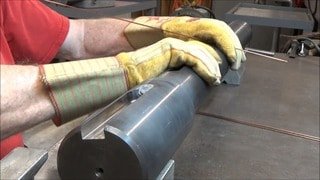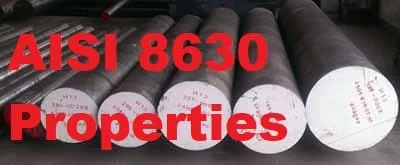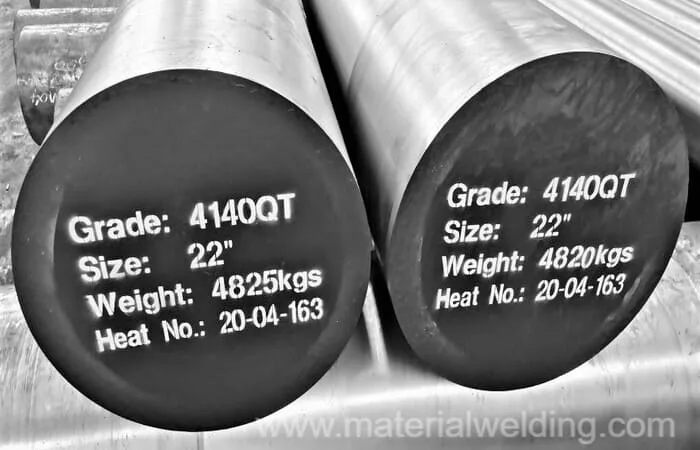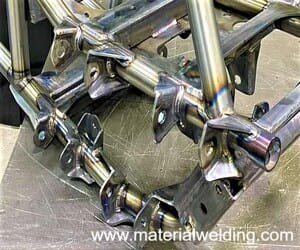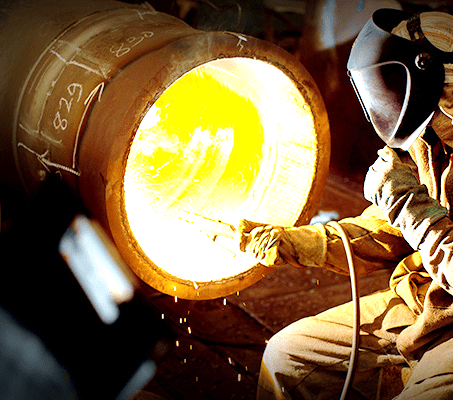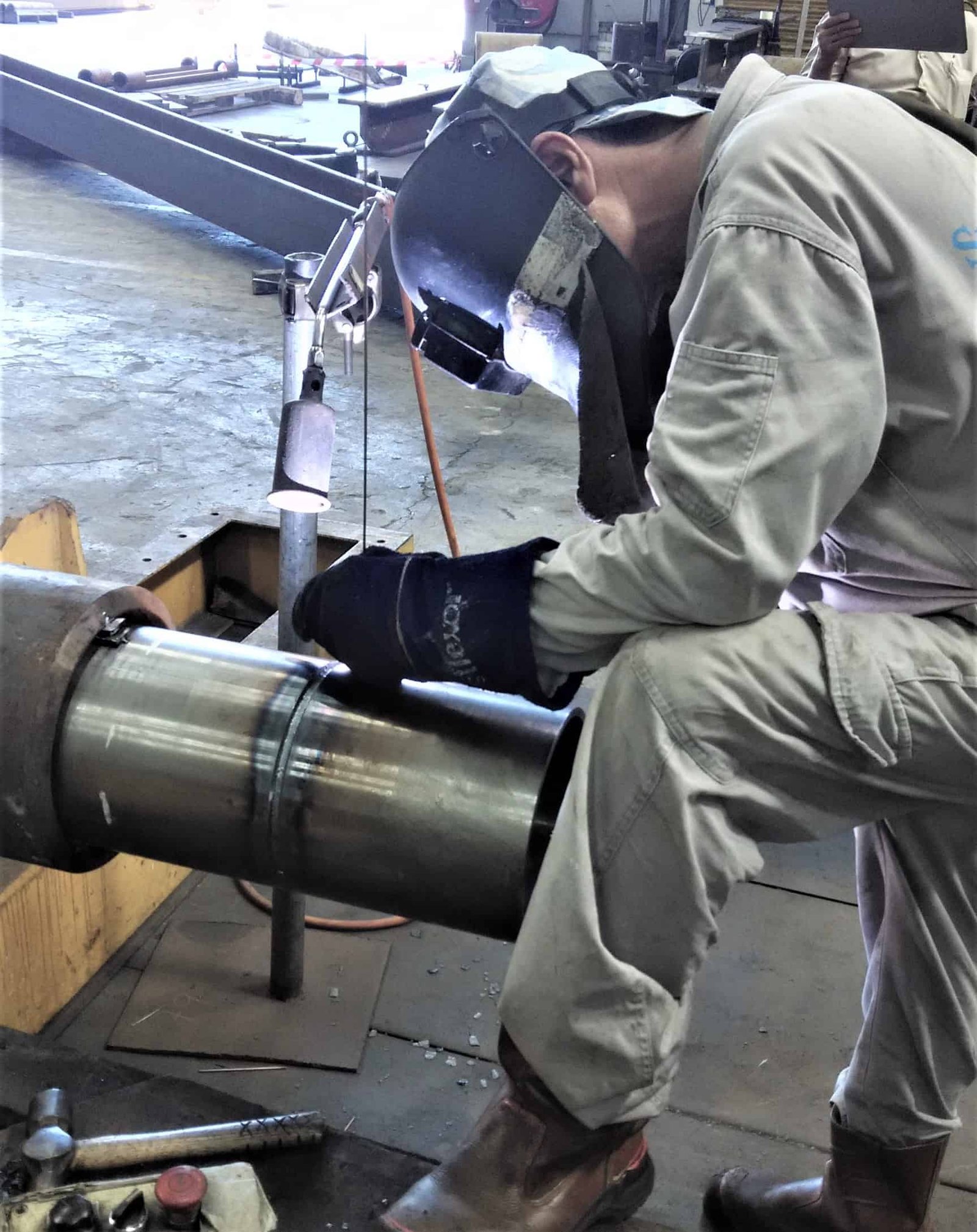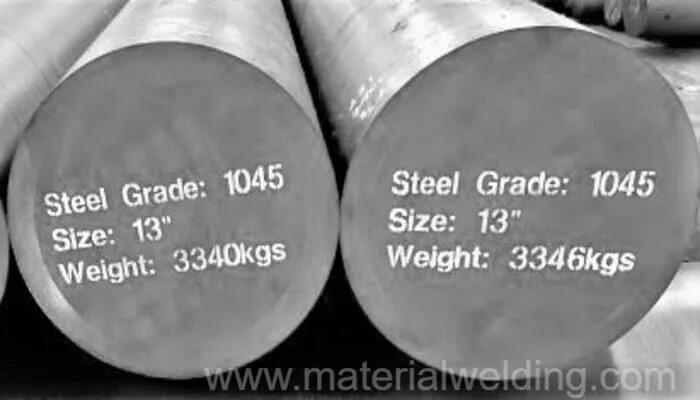AISI 4340 steel
4340 steel is a high strength, low alloy steel that is generally supplied in Quenched & Tempered (Q & T) heat treatment conditions.
It is commonly referred to as AISI 4340 or simply 4340 steel or Chromoly Steel. AISI stands for American Iron and Steel Institute, which is the organization that developed the standard classification system for steel grades in the United States.
It is known for its excellent toughness, enhanced creep properties, ductility and high strength-to-weight ratio, making it an ideal choice for a wide range of applications.
It is often used in the aerospace, automotive, and construction industries for a variety of applications, including gears, crankshafts, connecting rods, and other high-stress components.
In this article, we will cover the what is AISI 4130 steel, equivalent materials, 4130 steel standards, its chemical compositions, mechanical properties, heat treatment, welding, hardening, and applications of 4340 steel.
4340 Steel Material Specification & Standards
There are several material specification and standards that apply to 4340 steel, depending on the intended application of the steel and the requirements of the specific industry. Some common material specification and standards for 4340 steel include:
- ASTM A29
- EN10250 (36CrNiMo-4 Grade, No. 1.6511)
- ASTM A322
- SAE J404
- SAE J1268
- AMS 6359
4340 Steel Equivalent Materials
The UNS Number of 4340 Steel is G43400. It is not uncommon for different countries or industries to have their own specific standards and specifications for steel grades, and as a result, there are several equivalent materials to 4340 steel.
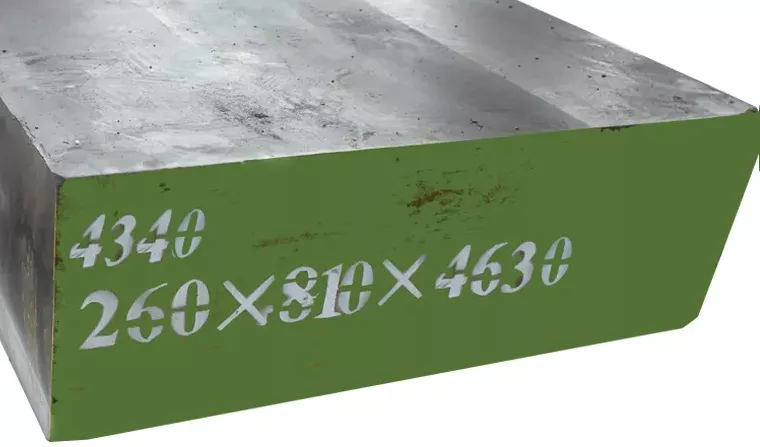
Some common equivalent materials to 4340 steel include:
- DIN 1.6511: This is a German steel grade that is equivalent to 4340 steel.
- BS EN 24: This is a British steel grade that is equivalent to 4340 steels.
- JIS SNCM439 (SNCM8): This is a Japanese steel grade that is equivalent to 4340 steel.
- GB 40CrNiMoA: This is a Chinese steel grade that is equivalent to 4340 steels.
- ASTM A434 (Class BC): This is an American steel grade that is equivalent to 4340 steel.
- 36CrNiMo4: This is an European steel according to the EN10250, identified with number 1.6511 also.
There may be slight differences in the chemical compositions and mechanical properties depending on the specific standards and specifications being followed.
It is always a good idea to consult with a materials engineer or a steel supplier to determine the most suitable equivalent material for a specific application.
Chemical Compositions of 4340 Steel
4340 steel is an alloy steel that contains several elements in addition to iron. The main alloying elements found in 4340 steel are chromium, molybdenum, and nickel.
These elements give the steel its high strength and toughness, as well as its ability to withstand high temperatures.
The specific chemical compositions of 4340 steel can vary slightly depending on the manufacturer, but the typical range is as follows:
- Carbon: 0.38-0.43%
- Manganese: 0.65-0.90%
- Phosphorus: 0.010% max
- Sulfur: 0.010% max
- Silicon: 0.15-0.35%
- Chromium: 0.70-0.90%
- Molybdenum: 0.20-0.30%
- Nickel: 1.65-2.0%
Mechanical Properties of 4340 Steel
4340 steel has excellent mechanical properties, including high strength and toughness. It also has good ductility and wear resistance.
The mechanical properties of 4340 steel can vary depending on the heat treatment and manufacturing process, but the typical range is as follows:
- Tensile strength: 108 ksi (745 MPa)
- Yield strength: 68.2 ksi (470 MPa)
- Elongation: 13- 22% (based on heat treatment condition).
- Reduction of area: 50%
- Hardness: 217 HBW
Heat Treatment of 4340 Steel
4340 steel can be heat treated to a wide range of mechanical properties. The most common heat treatment for 4340 steel is quenching and tempering.
This process involves heating the steel to a high temperature, followed by rapid cooling (quenching) and reheating to a lower temperature (tempering).
The tempering temperature (explained later in this post) and duration can be adjusted to achieve the desired mechanical properties. Other heat treatment options for 4340 steel include annealing, normalizing, and stress relieving.
Welding 4340 Steel
4340 steel can be welded using any standard welding process, although it is important to use preheat and post-weld heat treatment to avoid cracking.
Read more: How to weld 4340 Steel.
The recommended preheat temperature is 350-400°F, and the recommended post-weld heat treatment is 1000-1200°F for one hour.
It is also important to use a low-hydrogen electrode and to keep the interpass temperature below 350°F to prevent hydrogen cracking.
AISI 4340 Steel Stress Relieving Heat Treatment
AISI 4340 Steel Stress Relieving Heat Treatment is carried out at a temperature range of 600 °C – 650 °C, although make sure that the temperature is lower than the tempering temperature.
Holding time is usually kept 1 hour per inch of material thickness.
AISI 4340 Steel Tempering Temperature
AISI 4340 steel is a high strength steel with good ductility, toughness and impact resistance. It is often used in the quenched and tempered condition.
The tempering temperature for AISI 4340 steel is typically between 400°C and 600°C, depending on the desired properties and hardness level.
Tempering at higher temperatures will result in lower hardness and reduced strength, while lower tempering temperatures will increase the hardness as well as strength but also increase the risk of brittleness.
A 4340 steel tempering at 450°F (230°C) will result in material strength in the range of 260- 280 Ksi. Tempering at 950°F (510°C) will result in material strength in the range of 125-200 Ksi.
It is important to carefully control the tempering temperature in order to achieve the desired balance of properties in AISI 4340 steel.
Hardening 4340 Steel
4340 steel can be hardened through a process called induction hardening. This process involves heating the steel to a high temperature in austenization range of 830 °C – 860 °C using an induction coil, followed by quenching in oil or water.
This is followed by tempering at around 150°C – 200°C to maintain the material toughness as well as gained hardness level.
The specific hardening temperature and quenching media can be adjusted to achieve the desired hardness and toughness. It is important to carefully control the heating and quenching process to avoid overheating or uneven hardening.
Applications of 4340 Steel
AISI 4340 steel is a versatile alloy that can be used in a wide range of applications. Some common applications for AISI 4340 steel include:
- Aerospace components: AISI 4340 steel is often used in the manufacture of aircraft and aerospace components due to its high strength-to-weight ratio and good fatigue resistance.
- Automotive components: AISI 4340 steel is used in the manufacture of various automotive components, such as gears, crankshafts, and connecting rods, due to its high strength and good wear resistance.
- Construction: AISI 4340 steel is used in the construction industry for applications such as scaffolding and heavy machinery.
- Oil and gas: AISI 4340 steel is commonly used in the oil and gas industry for drilling equipment, wellheads, and other components.
- Power transmission: AISI 4340 steel is used in the manufacture of gears and other power transmission components due to its high strength and good fatigue resistance.
- Sports equipment: AISI 4340 steel is also used in the manufacture of various sports equipment, such as golf clubs and bike frames, due to its high strength and good impact resistance.
